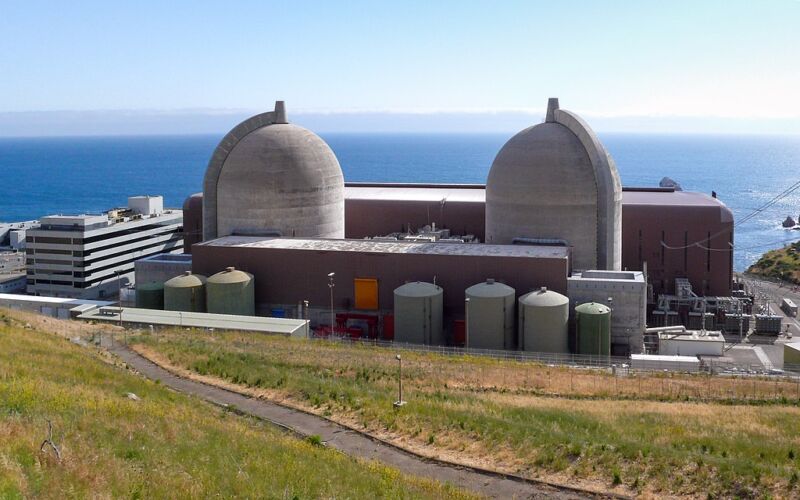
On Friday, California Governor Gavin Newsom sent a series of aggressive climate proposals to the state legislature. And, in a separate but related move, his administration is circulating potential legislation that would allow the state's last nuclear power plant to continue operating past its planned shutdown in 2025. The proposed legislation is remarkably complicated despite its seemingly simple goal and is already facing a backlash from environmental groups, yet it has to be passed by the end of the month when the current legislative session expires.
Big goals
California already has one of the most ambitious sets of climate goals among the US states. But Newsom's plan would accelerate the targets already in place. It would set 2045 as the latest date by which the state would reach net carbon neutrality and make that target legally binding. To make that easier, it would boost the 2030 greenhouse gas emissions cuts from 45 percent to 55 percent relative to the 1990 baseline.
As part of that, California will rapidly cut carbon emissions from electrical generation, with 90 percent clean energy in 2035, and 95 percent in 2040. Concurrently, it will put more areas in the state off-limits to oil extraction and start supporting carbon capture and sequestration.
A significant part of California's plan involves building sufficient batteries to capture regular (and growing) surpluses of solar energy. But it wouldn't hurt to have a large source of carbon-free energy available even when intermittent renewables aren't producing. Accordingly, Newsom has been suggesting that the state might want to rethink its planned shutdown of the Diablo Canyon nuclear plant, a two-reactor, 2.2 GigaWatt facility on the central California coast.
Diablo Canyon has always been controversial due to a combination of post-Three Mile Island nuclear fears, the number of seismic faults in the area, and the environmental impact of its use of seawater for cooling. Nevertheless, it managed to become the last nuclear facility operating in California after the San Onofre facility suffered accelerated decay of portions of the reactor piping and was shut down. Currently, it supplies between 5 and 10 percent of the state's electricity each year and is a significant source of carbon-free electricity.
Shut it down... or not?
Concerns about Diablo Canyon were revived in the wake of the Fukushima disaster, a reactor that was vulnerable due to its location on the coast. Environmental groups and the Diablo plant's operator, Pacific Gas & Electric, ultimately reached an agreement by which the utility would withdraw its application to extend the plant's licensing, and the plant would be shut down in 2025.
The decision wasn't popular everywhere; state grid manager California Independent System Operator (CAISO) warned that its closure could put the stability of the grid at risk. And, as in Germany, people have suggested that the risk of unchecked climate change is larger than the risks associated with nuclear plants—Governor Newsom among them.
So the proposed extension isn't a surprise. The surprise is that it's being done via a complicated deal introduced late in the legislative session (the coverage from the Los Angeles Times does a good job of going through the details). The costs of the extended operation will be covered by a low-interest loan from the state, which will be forgiven if the plant doesn't qualify for subsidies from Biden's infrastructure spending package. To avoid some of the obvious mechanisms for environmental groups to sue to block the deal, the potential legislation will exempt the extended operation from additional reviews under state environmental regulations.
A number of environmental groups have already gone on record as opposing the deal. The draft legislation is being circulated in part to get a sense of what state lawmakers would support. At most, versions under consideration would keep the plant operating for an additional decade.
Overall, the state still plans to have its grid go carbon free without relying on nuclear power. But doing so will require significant growth of renewable energy, along with the batteries needed to allow these intermittent sources to cover more of the day—all at a time when persistent drought threatens the production from hydroelectric plants. While it has not been possible to build new nuclear plants at anywhere near competitive prices, extending the operations of existing plants can clearly extend the time—and thus the costs—needed for the growth of renewables.


3175x175(CURRENT).thumb.jpg.b05acc060982b36f5891ba728e6d953c.jpg)

Recommended Comments
There are no comments to display.
Join the conversation
You can post now and register later. If you have an account, sign in now to post with your account.
Note: Your post will require moderator approval before it will be visible.